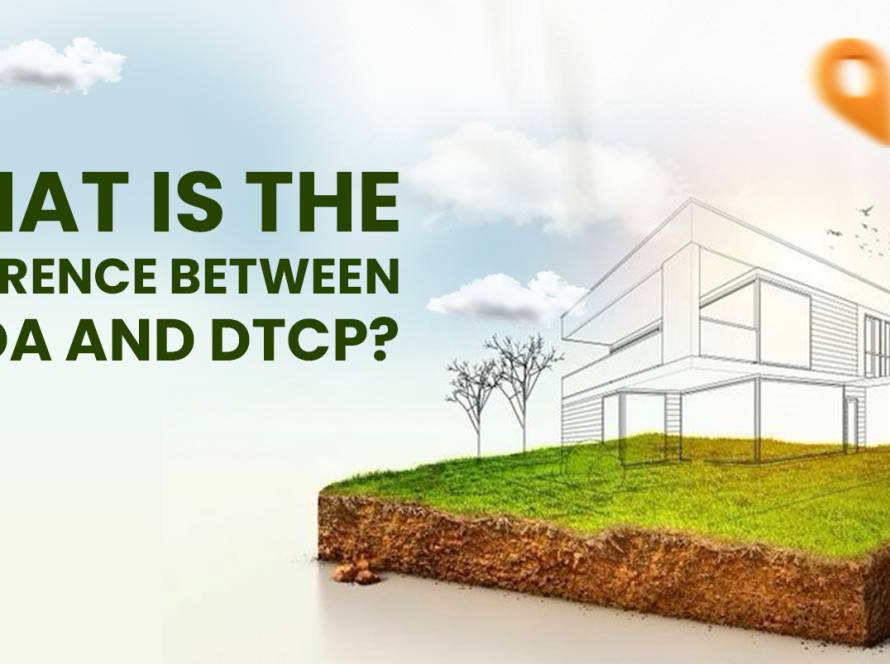What is Patta?
If you own land in Tamil Nadu, one of the most important documents you’ll need is a Patta. Simply put, it’s a government-issued record that officially shows the land is yours. Patta and chitta
Think of a Patta as a proof of ownership certificate—it contains details like your name, the exact survey number of the land, where it’s located, and whether the land is used for farming or for building a home. When your name is listed on a Patta, it means the government recognizes you as the lawful owner of that land.
Why is Patta Important?
- It proves that you legally own the land
- Required when you register the property in your name
- Needed for selling, getting bank loans, or settling property disputes
- Useful when applying for utilities like electricity or water
What Information Does a Patta Include?
- The name of the person who owns the land
- Survey number and land subdivision details
- Total land area and whether it’s wetland or dry land
- Tax information and the name of the village it belongs to
What is Chitta?
A Chitta is another essential document if you’re dealing with land in Tamil Nadu. While a Patta shows who owns the land, a Chitta tells you how that land is being used.
It’s prepared and updated by the Village Administrative Officer (VAO) and the Taluk office. Whether the land is being used for farming (agricultural) or for building purposes (non-agricultural), the Chitta records it all clearly. This helps when you need to apply for government approvals or want to know if your land use matches your plans.
What You’ll Find in a Chitta
- The name of the landowner, which confirms legal ownership
- Type of land—classified as either Nanjai (wetland) or Punjai (dry land)
- Property tax details and payment status
- Survey number and the name of the village or locality
Why Both Patta and Chitta Matter
If you’re a landowner or planning to buy a plot in Tamil Nadu, both Patta and Chitta are essential for hassle-free ownership and legal clarity.
- They prove that you are the legal owner
- Make property sales or purchases smoother
- Can protect you during land disputes
- Help identify how the land can legally be used
- Needed when converting agricultural land to residential use
- Required for building permits, utility connections, and other government services
Buying Land? Work with Verified Developers
When investing in a property, especially if you’re an NRI or first-time buyer, always check if the developer provides Patta and Chitta documents.
Top developers like VNCT Global ensure every villa and land project comes with clear documentation. Projects like Beverly Ridge in Kelambakkam, Creek Residences, Palm Beach, and Brookside Residences all follow legal norms, making them a secure choice.
VNCT Global is widely recognized as one of the best villa developers in Chennai, as well as in Madurai and Coimbatore, offering properties that are not just luxurious but also well-documented and legally sound.
How to Apply for Patta Chitta Online
Applying for Patta and Chitta has become more accessible with the Tamil Nadu government’s online portal. Here’s a step-by-step guide:
- Visit: https://eservices.tn.gov.in
- Select: ‘View Patta & FMB / Chitta / TSLR Extract’
- Choose: Your district and area type (Rural/Urban)
- Enter Details: Taluk, Village, Survey Number, and Subdivision Number
Submit: After entering the captcha, click ‘Submit’ to view your Patta/Chitta details
Documents Required for Application
To apply for Patta and Chitta, ensure you have the following documents:
- Registered Sale Deed: Proof of property purchase document
- Encumbrance Certificate: Ensures the property is free from legal dues
- Identity Proof: Aadahar Card, Pan Card
- Proof of Possession: EB bill, water bill, etc.
- Property Tax Receipts: If available or not
Fees & Processing Time for Patta and Chitta
- Application Cost: Around ₹100, depending on the service type
- Processing Duration: Usually takes 15 to 30 working days, based on your district and local office workload
How to Check Patta Chitta Online
You can check the status of your Patta or Chitta on the same e-Services portal using your application ID or survey number.
How to Transfer or Update Patta and Chitta
In case of a sale or inheritance, the Patta and Chitta need to be updated in the new owner’s name. You can:
- Apply through the Taluk Office or online
- Submit supporting ownership documents
- Pay the required fees
- Track the status online
How to Correct Errors or Update Details in Patta-Chitta
- File a correction request at the VAO or Taluk Office
- Submit proof of the correct information
- Follow up through the online portal for updates
Conclusion
Owning land in Tamil Nadu? Having the Patta and Chitta in your name is not just helpful—it’s essential. These documents legally establish your ownership and ensure you meet government and legal requirements without hassle.
When you invest with trusted names like VNCT Global recognized as one of the best villa developers in Chennai, Madurai, and Coimbatore—you’re choosing peace of mind. Their premier projects like Creek Residences, Brookside Residences, and Beverly Ridge in Kelambakkam come with all legal paperwork in place. For buyers, especially NRIs, this means a smooth, transparent, and worry-free investment experience.
FAQs for Patta and Chitta
- Are Patta and Chitta still separate documents?
As of recent updates, both have been merged into a single document for ease of use in Tamil Nadu.
- Can NRIs apply for Patta and Chitta online?
Yes, NRIs can apply through the e-Services portal using their property documents. - Is Patta required for apartments?
No. Patta is generally required for land and independent homes. Apartments are covered under the parent land’s Patta. - How long is Patta valid?
Patta is a permanent record unless there is a change in ownership. - Is VNCT Global’s property legally verified?
Yes, all VNCT Global properties undergo strict legal checks with Patta and Chitta verification before sale.





